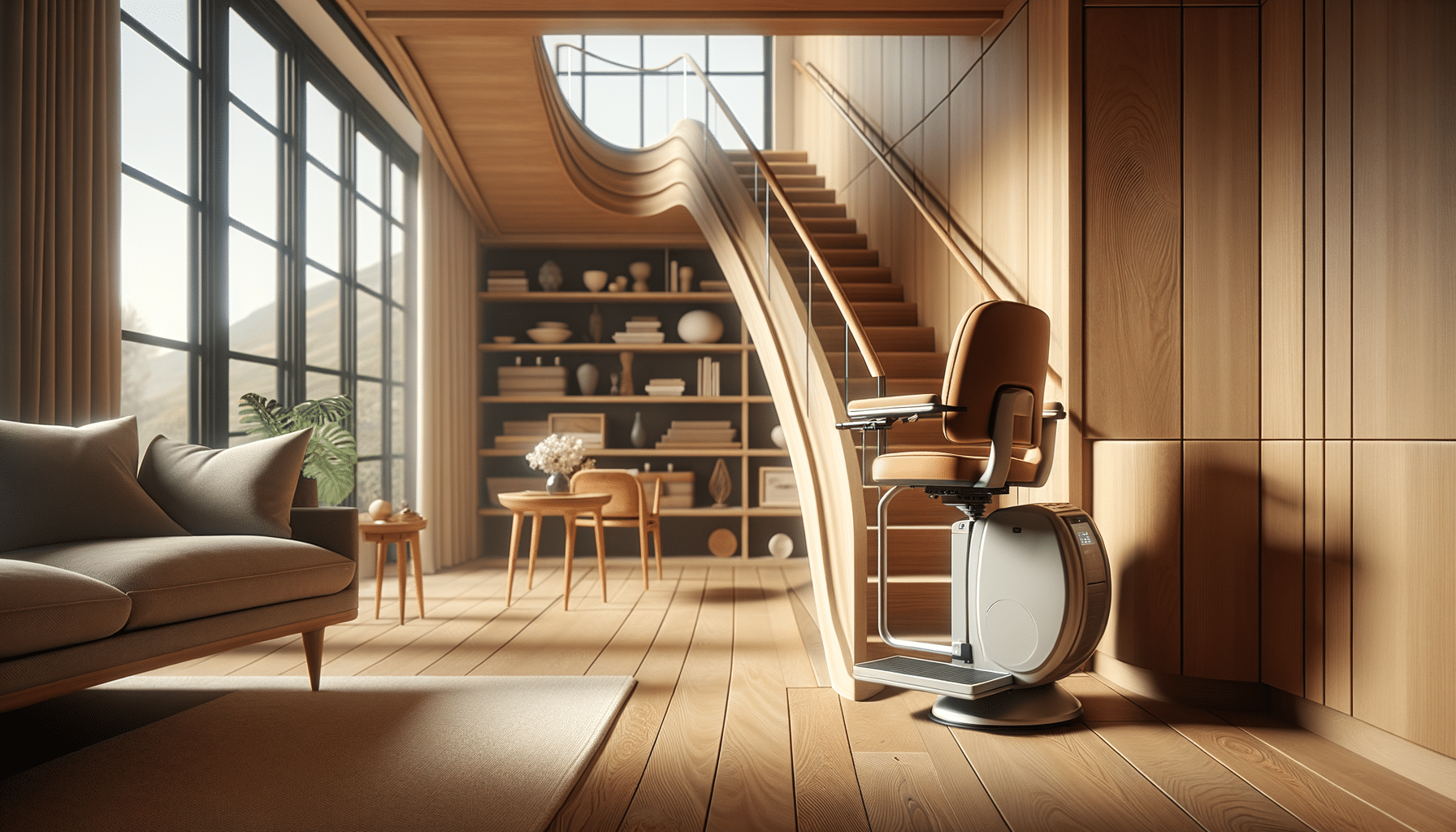
Enhance Your Independence: A Complete Guide to Home Stairlifts
Introduction to Home Stairlifts
For many individuals, particularly those facing mobility challenges, the simple act of climbing stairs can become a daunting task. Home stairlifts offer a practical solution, providing safe and convenient access to all levels of a residence. These devices have revolutionized the way people with limited mobility can navigate their homes, ensuring they can maintain independence without the need for extensive renovations or relocation. By installing a stairlift, the entire household becomes accessible, which can significantly improve the quality of life and provide peace of mind for both users and their families.
Understanding the Benefits of Stairlifts
The benefits of installing a stairlift extend beyond mere convenience. One of the most significant advantages is the enhanced safety it provides. Stairs can pose a significant risk of falls, especially for older adults or individuals with physical impairments. A stairlift minimizes this risk by offering a secure means of traveling between floors. Additionally, stairlifts are designed to be user-friendly, with simple controls that are easy to operate, even for those with limited dexterity.
Moreover, stairlifts can be a cost-effective alternative to moving to a single-story home or investing in expensive home modifications. They require minimal structural changes, preserving the home’s existing layout while offering a practical solution to accessibility challenges. Furthermore, stairlifts can be customized to fit various types of staircases, whether straight, curved, or narrow, ensuring they meet the specific needs of the user and the architectural design of the home.
Types of Stairlifts Available
When considering a stairlift, it’s essential to understand the different types available to find one that suits your specific needs. The two primary categories are straight and curved stairlifts. Straight stairlifts are designed for staircases that do not have any bends or curves. They are typically more affordable and quicker to install, making them an ideal choice for many homes.
On the other hand, curved stairlifts are tailored for staircases with turns or spirals. These require a custom-made track to fit the exact dimensions of the staircase, which can make them more expensive and take longer to install. However, they offer the flexibility needed for homes with more complex stair configurations.
Additionally, there are outdoor stairlifts designed to withstand weather conditions, allowing for safe access to elevated garden areas or external staircases. Choosing the right type of stairlift depends on the specific layout of your home and the unique requirements of the user.
Installation and Maintenance Considerations
Installing a stairlift can be a straightforward process, but it requires careful planning to ensure optimal functionality and safety. Professional installation is crucial, as it involves securing the lift to the stairs rather than the wall, which minimizes structural impact. This also ensures that the stairlift is correctly aligned and operates smoothly.
Regular maintenance is vital to keep the stairlift in top working condition. Most manufacturers offer maintenance packages that include annual servicing and safety checks. It’s essential to address any issues promptly to avoid disruptions in service and to ensure the continued safety of the user. Regular cleaning of the track and seat can also prevent common problems and extend the lifespan of the stairlift.
Choosing the Right Stairlift for Your Home
Selecting the right stairlift involves considering several factors, including the user’s mobility needs, the layout of the staircase, and budget constraints. Consulting with a professional can provide valuable insights into the most suitable options for your home. They can conduct an assessment to recommend a stairlift that meets both the functional and financial requirements.
It’s also important to consider additional features that can enhance the user experience, such as swivel seats, adjustable armrests, and remote controls. These features can make the stairlift more comfortable and easier to use, further enhancing the user’s independence. Ultimately, the goal is to find a stairlift that seamlessly integrates into the home environment while providing reliable and safe access to all areas.


